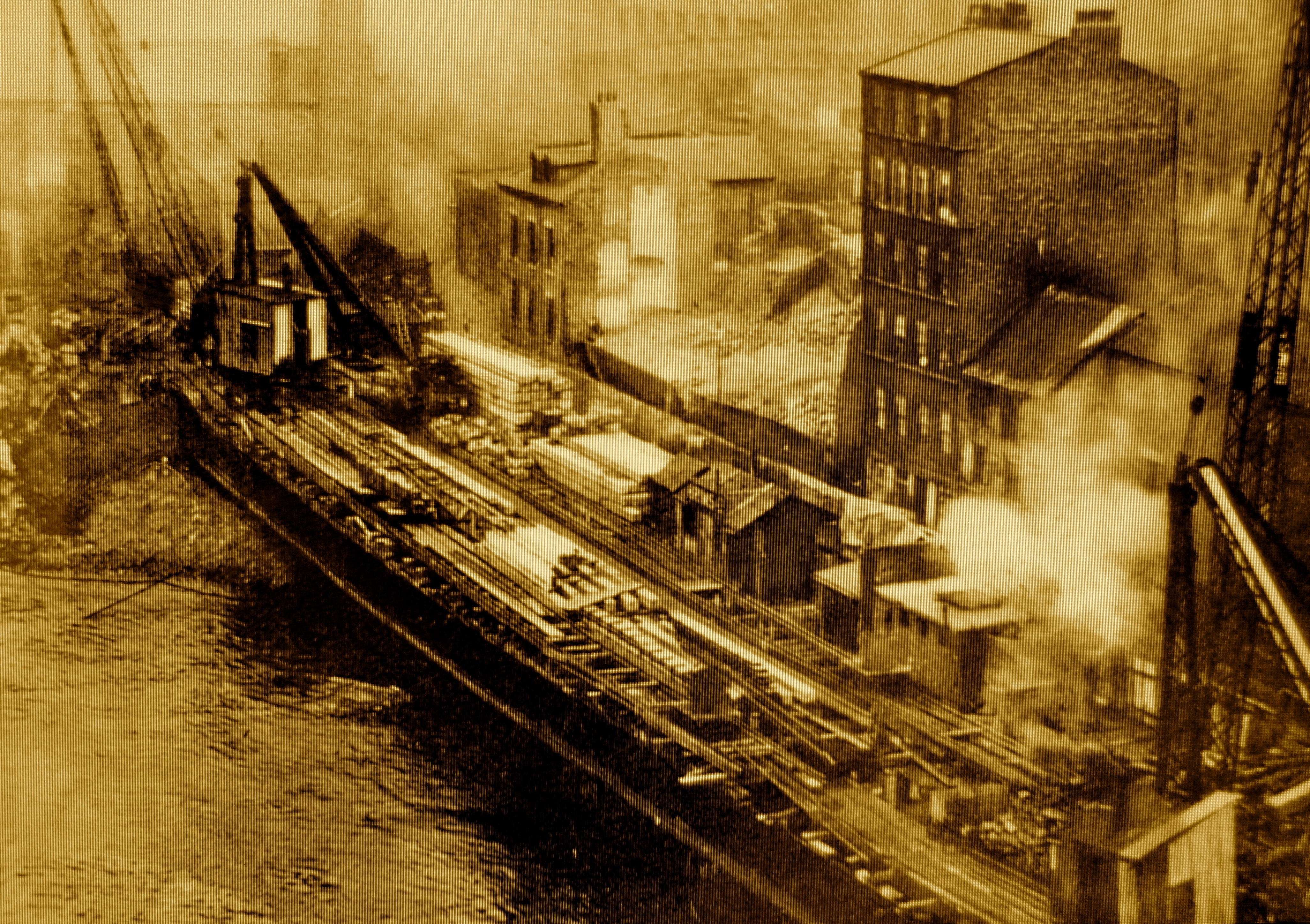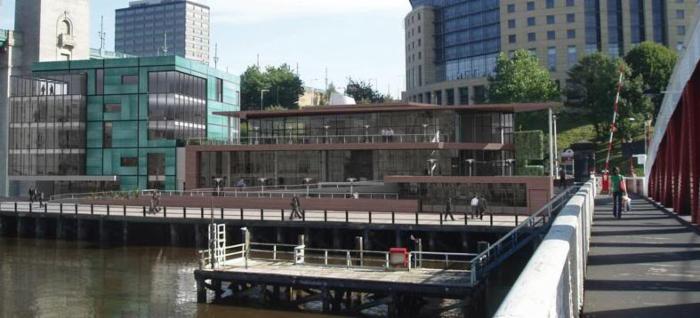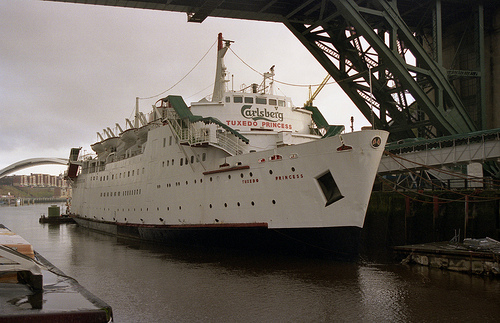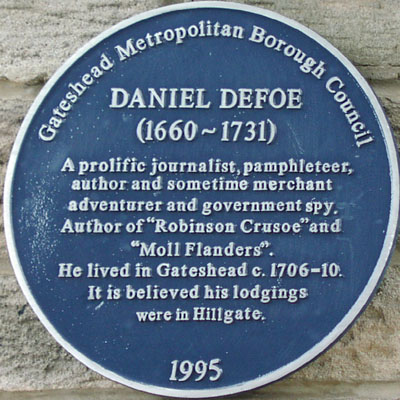 Hillgate, Gateshead
Hillgate, Gateshead
between Tyne & Swing Bridges mainly
Hillgate was anciently referred to as ‘Hellgate’ and mentioned as early as 1354. The street was of medieval origin although was largely rebuilt in the eighteenth century. Hillgate consisted of a combination of small factories workshops and tenemented houses. Much of the street was destroyed during the great fire of 1854 and other parts cleared in the early 1920s to accommodate the Tyne Bridge which was opened in 1928.

Hillgate was anciently referred to as ‘Hellgate’ and mentioned as early as 1354. The street was of medieval origin although was largely rebuilt in the eighteenth century. Hillgate consisted of a combination of small factories workshops and tenemented houses. Much of the street was destroyed during the great fire of 1854 and other parts cleared in the early 1920s to accommodate the Tyne Bridge which was opened in 1928.
Under the Housing Act of 1930, the Council was given much greater legal power to deal with slum housing. The worst housing was around the High Street and Quayside areas of the town. Four and five storey tenements in the Pipewellgate and Hillgate areas housed muiltiple families and huddled narrowed courts provided accomodation in the High Street and Oakwellgate areas. The Housing Act meant that whole areas of housing could be demolished and between 1932 and 1935 Barn Close, Pipewellgate, Hillgate, Bridge Street, Church Street, Old Fold and many of the High Street courts were acquired by compulsory purchase order and demolished. (Manders, 1973)

Proposed new development of Hillgate Quay
Advertisement


Floating nightclub

Daniel Defoe was in Gateshead for four years, debt-dodging. He is believed to have lodged in Hillgate in the early eighteenth century.
Hillgate Photos brought to you by

The Felling Heritage Group

Proposed new development of Hillgate Quay
Advertisement


Floating nightclub

Daniel Defoe was in Gateshead for four years, debt-dodging. He is believed to have lodged in Hillgate in the early eighteenth century.
Hillgate Photos brought to you by
The Felling Heritage Group